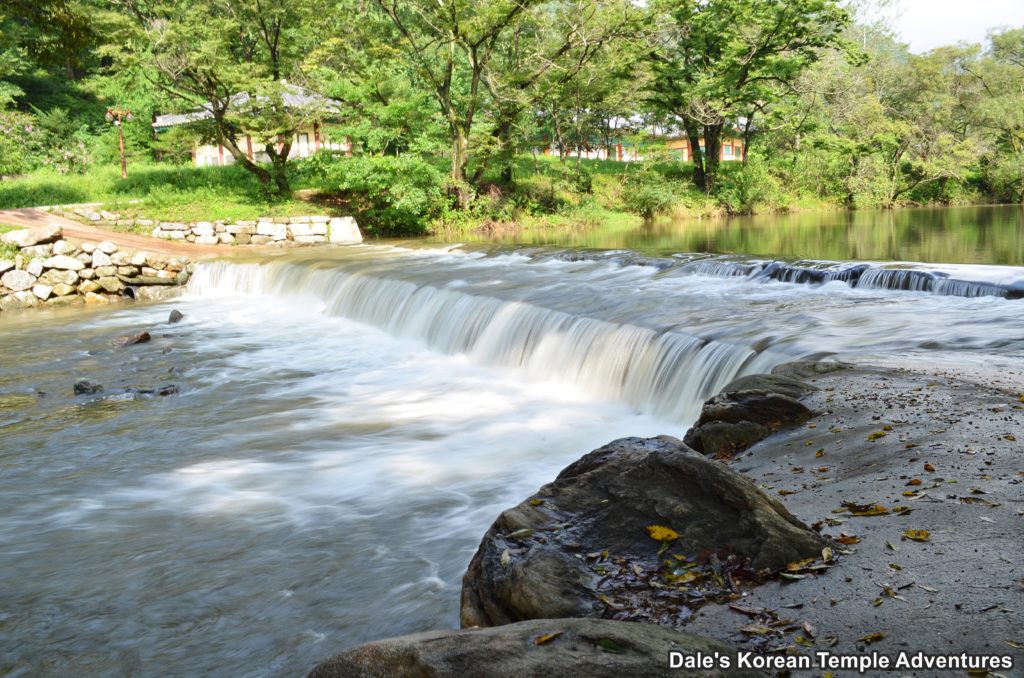
Hello Again Everyone!!
Magoksa Temple, which means “Hemp Valley Temple,” in English, is located outside the beautiful city of Gongju, Chungcheongnam-do. There are two competing stories as to when the temple was actually first built. One states that the temple was first built by the famed monk Jajang-yulsa (590-658 A.D.) in 640 A.D. Jajang-yulsa is also the very same monk to have built Tongdosa Temple in Yangsan, Gyeongsangnam-do. Another states that the temple was founded by the monk Muyeom (800-888 A.D.) upon his return to the Korean peninsula in 845 A.D. after studying in Tang China.
Like so many temples in Korea, Magoksa Temple has quite the creation story surrounding its name. Purportedly, the monk Bocheol-hwasang saw how many people had gathered to listen to the dharma talk at the temple. This reminded the monk of how hemp stalks are typically packed close together. With that being said, the monk referred to as Bocheol was a monk in China. But since there are no records indicating that he came to China, it’s widely believed that the monk Muyeom, who received the dharma from Bocheol, named the temple Magoksa Temple to honour Muyeom’s master, Bocheol.
During the turbulent years between the transition from the Silla Dynasty to the Goryeo Dynasty, Magoksa Temple was closed. For nearly 200 years, the temple became a hideout for thieves. It wasn’t until 1172 that Bojo-guksa (1158-1210) drove these criminals from the temple grounds and renovated the temple with the help of his disciple, Su-u. King Sejo of Joseon (r.1455-68) traveled to the temple and personally wrote the plaque for the Yeongsan-jeon Hall. During the Imjin War (1592-98), most of the temple buildings at Magoksa Temple were destroyed. It wasn’t until 1651 that the Daeungbo-jeon Hall, the Yeongsan-jeon Hall, and the Daegwangbo-jeon Hall were rebuilt.
Magoksa Temple is also associated with the independence fighter from the late Joseon Dynasty, Kim Gu (1876-1949). Kim Gu was jailed at Incheon Prison for the murder of a Japanese military officer in 1896. Kim Gu believed that this lieutenant, Tsuchida Josuke, was part of the assassination of Empress Myeongseong. During his imprisonment, Kim Gu was tortured and sentenced to death. In 1898, Kim Gu escaped from prison and fled to Magoksa Temple, where he received the dharma name of Wonjong. He learned under Master Haeundang. Kim Gu stayed at the Baekbeom-dang Hall (Baekbeom being Kim Gu’s pen name). This hall currently displays a picture of the independence fighter. And in front of the Daegwangbo-jeon Hall, there’s a juniper tree that was planted by Kim Gu after Korea was liberated from Japanese Colonial rule (1910-45). This was done as a sign of respect and appreciation. Tragically, Kim Gu was assassinated on June 26, 1949.
In total, Magoksa Temple is home to five Korean Treasures, and it has eight hermitages spread throughout the temple grounds that are directly associated with Magoksa Temple. It’s also home to the popular Temple Stay program. Magoksa Temple is also a UNESCO World Heritage Site.
Magoksa Temple is beautifully located on Mt Taehwasan. The walk up to the temple is one of the most beautiful in Korea with the taeguk (yin and yang) shaped Magok-cheon River guiding your way. You’ll catch your first glimpse of Magoksa Temple over the stream and through the trees. In total, the temple is divided into three beautiful sections. The first part houses three temple gates, the historic Yeongsan-jeon Hall, the Myeongbu-jeon Hall, and the Sanshin-gak Hall. The first of the three gates is the stately Iljumun Gate. The next gate is the Liberation Gate, or the Diamond Gate (“Geumgang-mun,” in Korean). Inside this gate there are two Vajra Warriors and two Bodhisattvas. You’ll find Munsu-bosal (The Bodhisattva of Wisdom) riding a blue tiger and Boyeon-bosal (The Bodhisattva of Power) riding a white elephant. The third, and final gate, at Magoksa Temple is the Cheonwangmun Gate. Inside this gate are the Four Heavenly Kings. Uniquely, Damun Cheonwang, the King of the North, isn’t holding a pagoda like he traditionally does; instead, he’s holding a bowl of fruit in his left hand. These variations were once more common, but have become far less common now.
The other beautiful buildings on the south side of the temple grounds is the Myeongbu-jeon Hall. This hall is dedicated to Jijang-bosal (The Bodhisattva of the Afterlife), and the seated statue of the Bodhisattva is joined by the Ten Kings of the Underworld on both sides. Interestingly, the statues of the Ten Kings of the Underworld are backed by murals of the worlds they reign over in the underworld. Lastly, and up the hillside, you’ll find the Sanshin-gak Hall. Inside the Sanshin-gak Hall, you’ll find a large mural of both a male and female Mountain Spirit (Sanshin). Probably the most historically significant shrine hall on the south side of the temple grounds is the Yeongsan-jeon Hall. This hall dates back to 1651, and it’s Korean Treasure #800. This hall houses a statue of Seokgamoni-bul, and it also contains a collection of Palsang-do murals (The Eight Scenes from the Buddha’s Life). Interestingly, the hall is also referred to as a Cheonbul-jeon Hall because it houses one thousand white statues of the Buddha, as well.
Across the picturesque bridge, and over the Magoksa-cheon River, you’ll now be situated in the lower courtyard of the temple. To your right is a beautiful, and rather large, Beomjong-gak, or “bell pavilion,” in English. Also housed inside this courtyard is the five story, Tibetan influenced, pagoda. The pagoda dates back to the Goryeo Dynasty, and it’s Korean Treasure #799. Interestingly, there’s a myth attached to the pagoda that states that the pagoda can hold enough food to feed a whole population for three days.
The five story pagoda stands out in front of the Daegwangbo-jeon Hall. This hall was built in 1813, and it’s Korean Treasure #802. The hall houses a beautiful statue of Birojana-bul (The Buddha of Cosmic Energy) inside. The statue is seated to the left much like the main hall, the Muryangsu-jeon Hall, at Buseoksa Temple. This beautiful statue is surrounded by equally beautiful, but fading, murals of Nahan, dragons, and Dokseong (The Lonely Saint). The outside walls to this hall are unadorned except for the a guardian painting and a uniquely sculpted dragons with pearls and fish in their mouths above the entrance of the hall.
To the right of the Daegwangbo-jeon Hall are the monks’ dorms and the Temple Stay building. To the left of the Daegwangbo-jeon Hall is the Eungjin-jeon Hall that houses the historical disciples of the Buddha (Seokgamoni-bul), the Nahan. The golden sculpted statues of the Nahan flank the Buddha, who sits on the main altar on a red silk pillow. In front of this hall is the aforementioned Baekbeom-dang Hall. And in front of that is the Josa-jeon Hall that’s dedicated to famous monks that once called Magoksa Temple home.
Around the corner, and still further to the left, you’ll see the winding Magok-cheon River, again. The river has wound its way around the outer edges of the lower courtyard and rejoined you to the west of the lower temple courtyard. Here you’ll find cascading water from the river. Up the bank, you’ll next be standing in the upper courtyard, where the Daeungbo-jeon main hall is situated. The main hall was re-built in 1651, and it’s Korean Treasure #801. This double story main hall houses a triad of large statues on the main altar. In the centre rests Seokgamoni-bul (The Historical Buddha), and he’s joined on either side by Yaksayeorae-bul (The Medicine Buddha, and the Buddha of the Eastern Paradise) and Amita-bul (The Buddha of the Western Paradise). The age of the hall is main plain by the leaning structure. There are also two beautiful paintings of Sanshin and a guardian mural, “Shinjung Taenghwa,” in Korean, on either side of the hall’s walls.
Admission to Magoksa Temple is 3,000 won for adults, 1,500 won for teenagers, and 1,000 won for children. And parking is free.
HOW TO GET THERE: From the city of Gongju, you can take Bus #7 from the Gongju Bus Terminal. Get off at the last stop of the bus ride. The trip should last from thirty to forty minutes, and the bus leaves from 6 a.m. to 8:30 p.m.
OVERALL RATING: 9.5/10. Without a doubt, Magoksa Temple is one of my favourite temples. It’s beautifully located and it contains so much history. It has some amazing temple shrine halls like the Daeungbo-jeon Hall, the Yeongsan-jeon Hall, and the Daegwangbo-jeon Hall. Not only that, but it was home to one of Korea’s greatest patriots, Kim Gu.
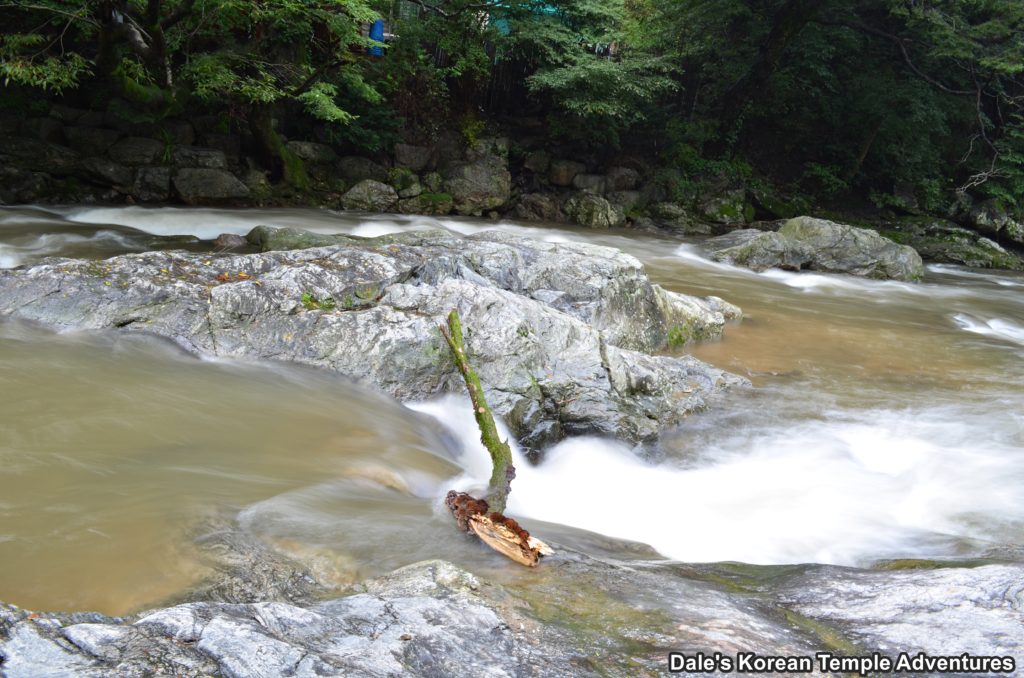
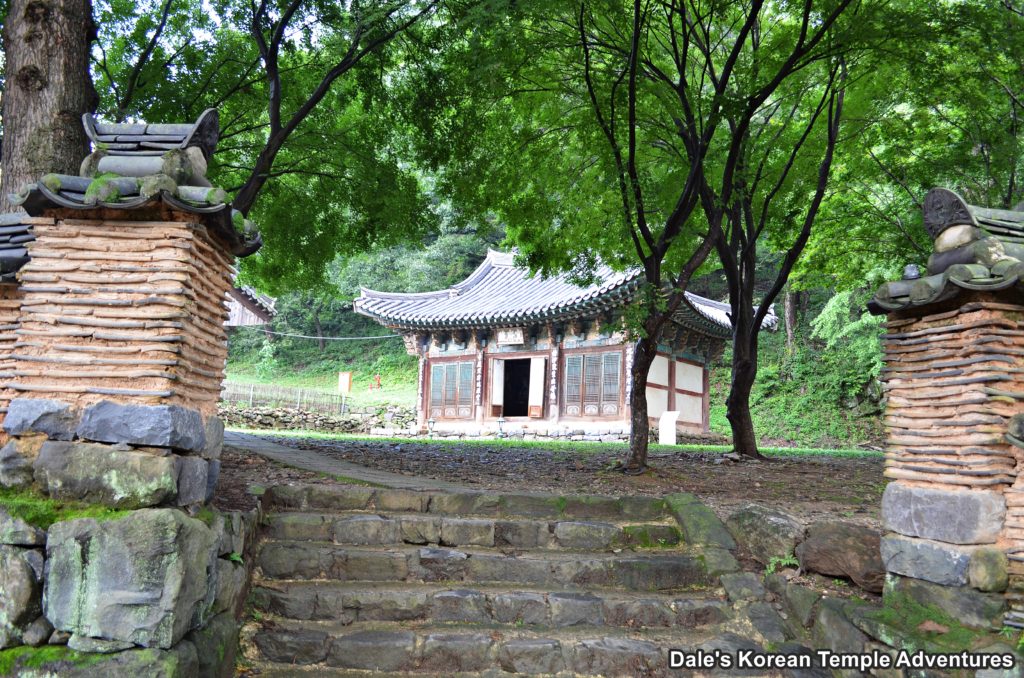
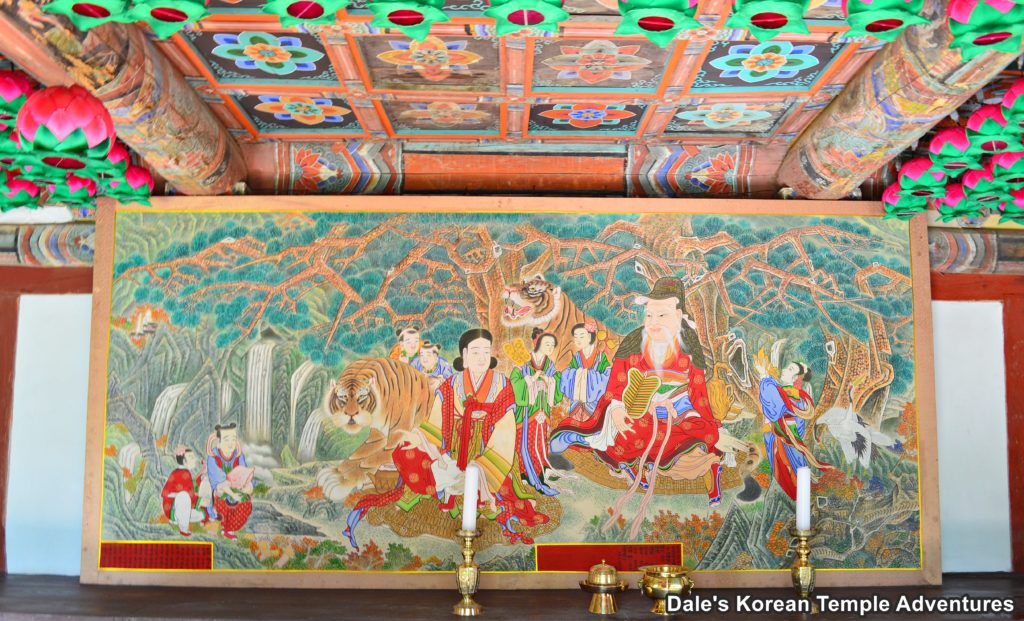
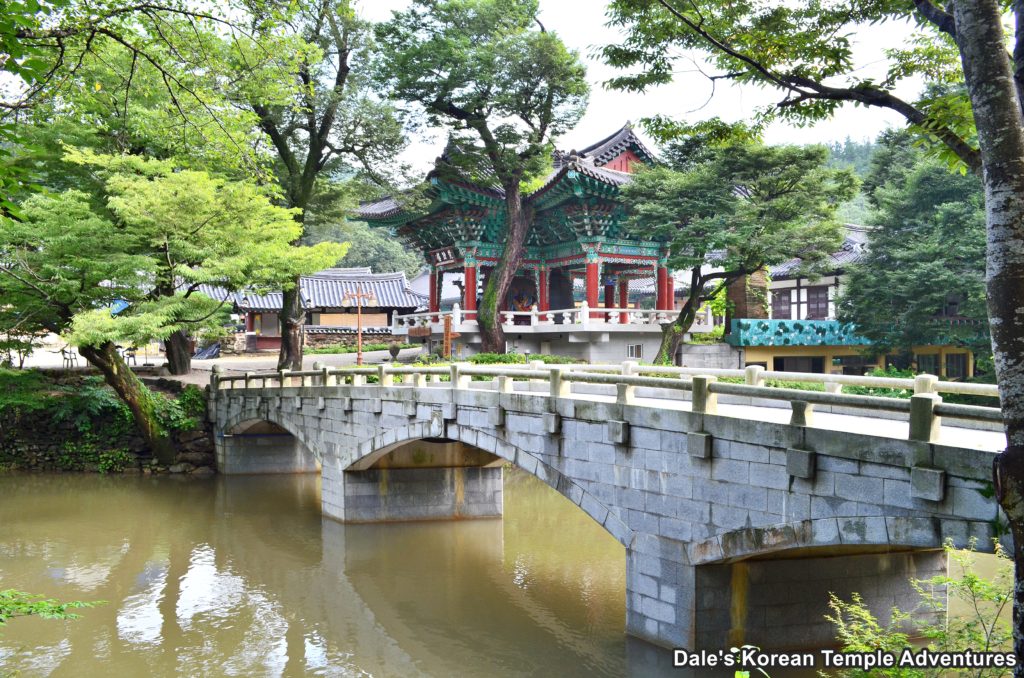
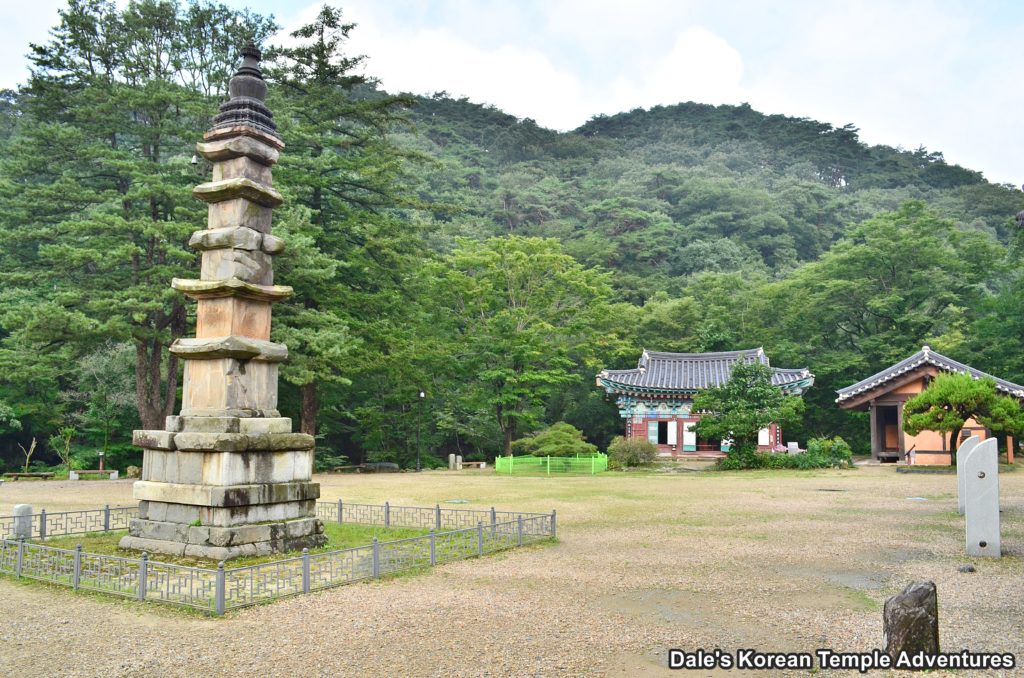
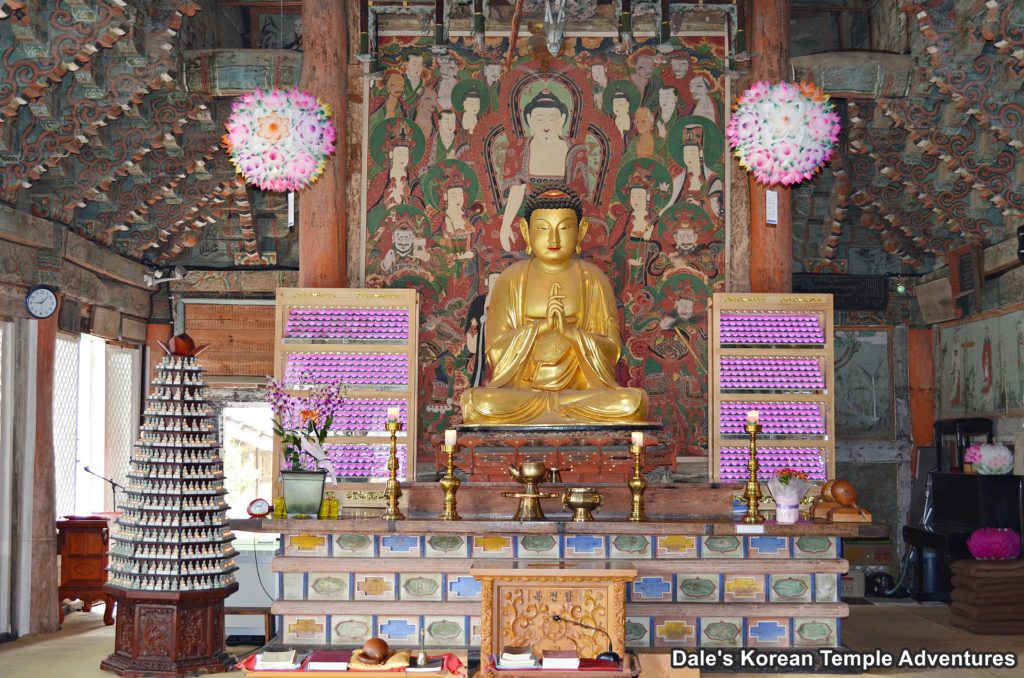

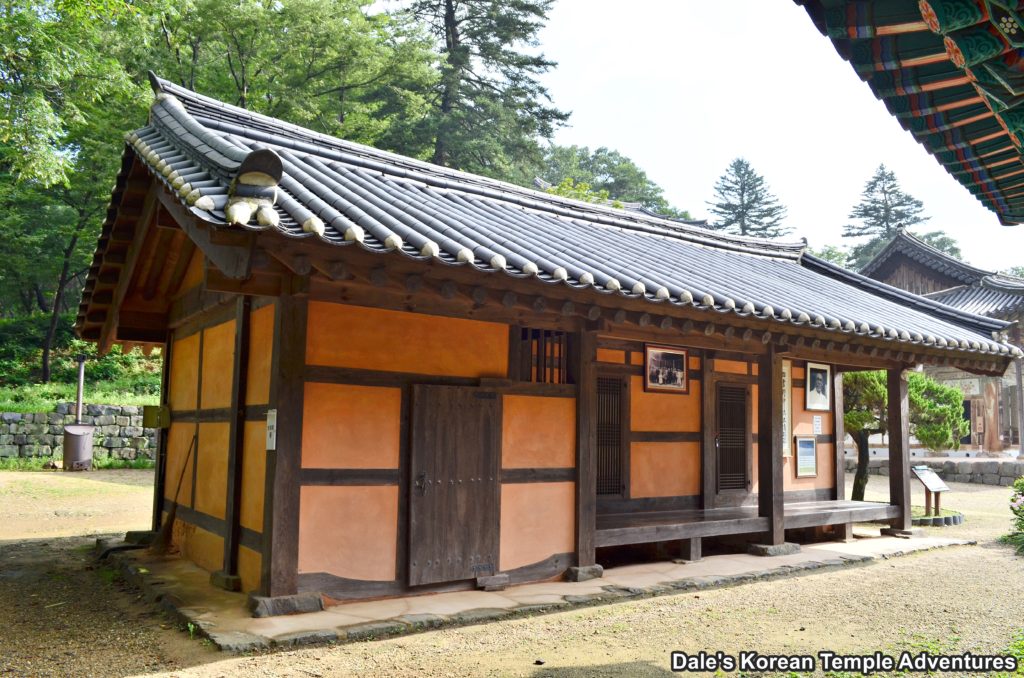
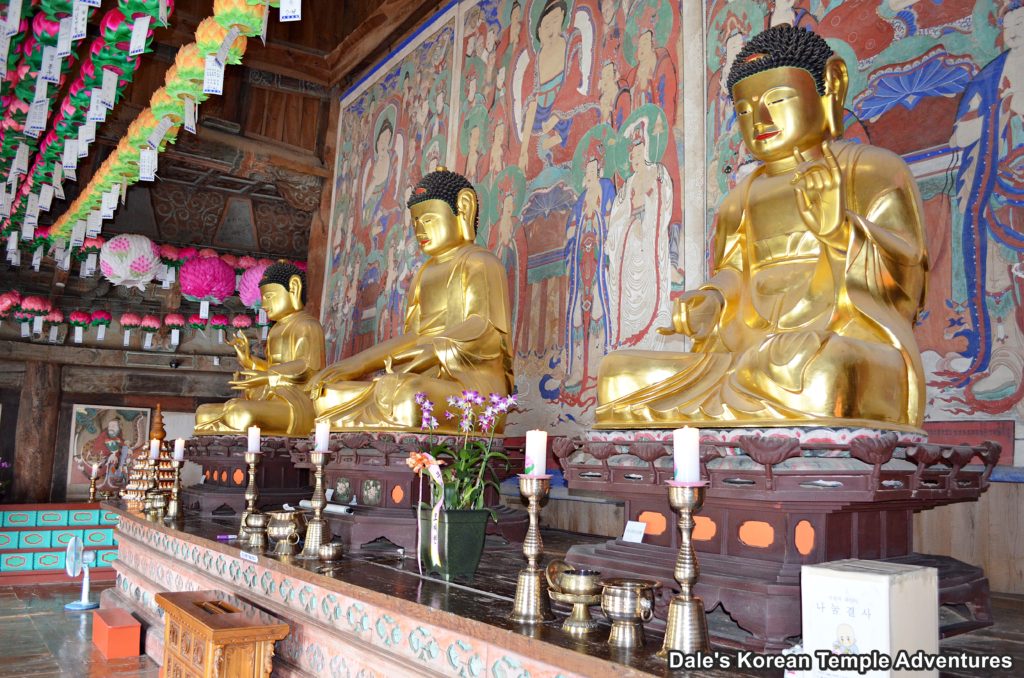


Recent comments